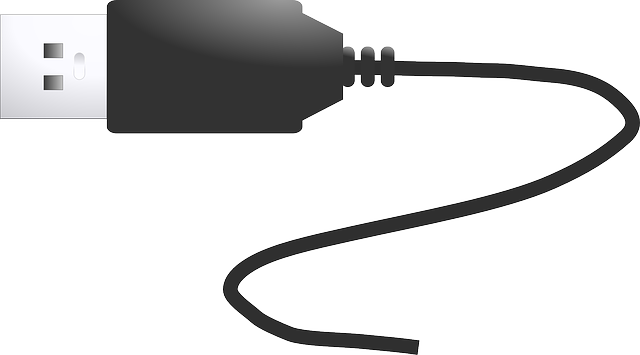
Universal Serial Bus (USB) connectors are found just about everywhere. They are used for cameras, printers, portable storage drives, computer mouses, keyboards, video game consoles and more. Even if you’re unfamiliar with the specification, you’ve probably seen USB connectors before. However, you might be surprised to learn the following facts about USB connectors.
#1) Originally Released in the 1990s
USB connectors have been around for several decades. They were originally released in 1996. The first generation of the USB specification was spearheaded by a consortium of technology companies, including Compaq, IBM, Intel, DEC, Microsoft and Intel. The consortium wanted to simplify the process of connecting peripherals to computers, so they developed the USB specification.
#2) Four Generations
Since its origins in the mid-1990s, there have been four generations of the USB specification. They include USB 1.x, USB 2.0, USB 3.x and USB 4. Each subsequent generation features improvements over its predecessor. Data transfer speeds, for instance, have increased. The first generation was capped at 1.5 Mbps or 12 Mbps, whereas the third generation had a maximum rate of up to 5 Gbps thanks to its “SuperSpeed” transfer mode.
#3) Over 2 Billion Sold Annually
To say there are a lot of USB connectors would be an understatement. While the exact number is unknown, some reports suggest that over 2 billion USB connectors are sold each year. Some of them are used in commercial applications, such as office computers and information technology (IT) infrastructures. Other USB connectors are used in consumer applications.
#4) Maximum Transfer Rate of 40 Gbps
Assuming you use the latest generation, USB4, USB connectors can offer a maximum transfer rate of 40 Gbps. With that said, the USB Implementers Forum is already working on a new version of USB4. It will still be classified as the fourth generation, but USB4 V2 will feature improvements over the current version, one of which being a maximum the transfer rate of 80 Gbps
#5) Support Power
USB connectors support power. They aren’t limited to data. In addition to transferring data, USB connectors can transfer power. This makes them a popular choice for smartphone charging cables. Most smartphones, as well as a variety of other mobile devices, use USB-based charging cables.
#6) Available in Mini and Micro Versions
USB connectors are available in mini and micro versions. They are both smaller than the standard USB connectors. Mini and micro USB connectors feature five pins. Micro USB connectors, however, are even smaller than their mini counterparts.

